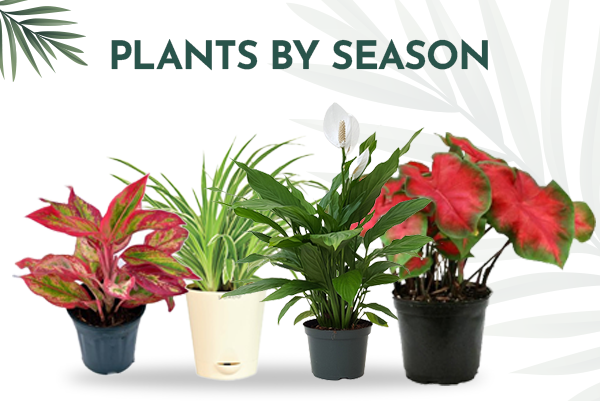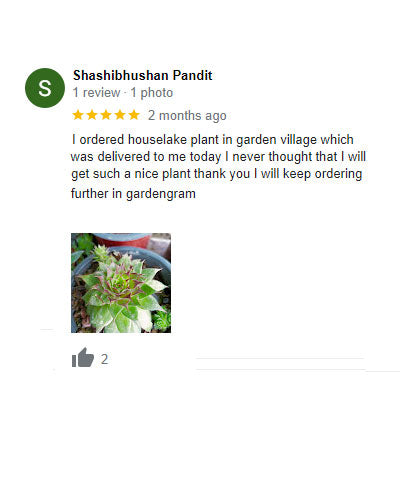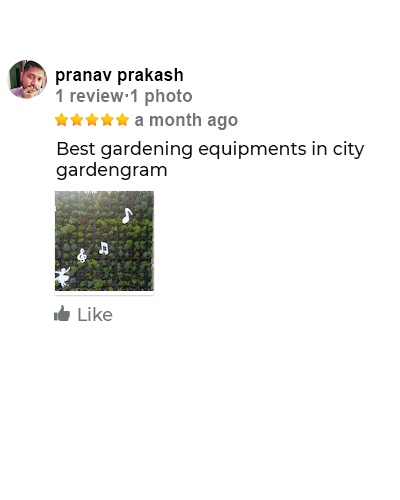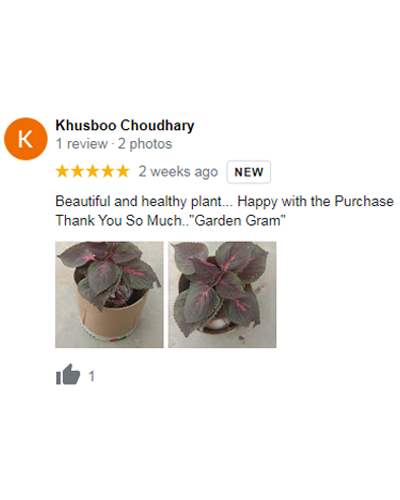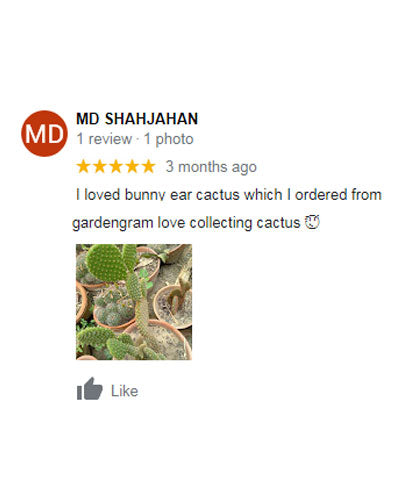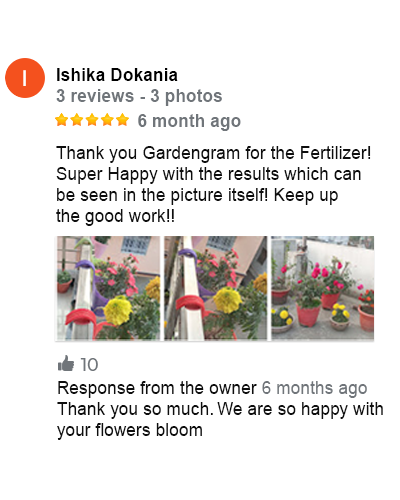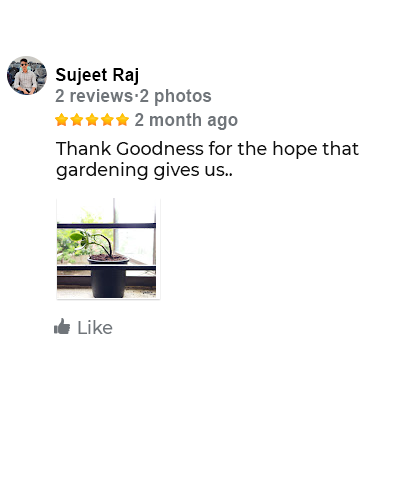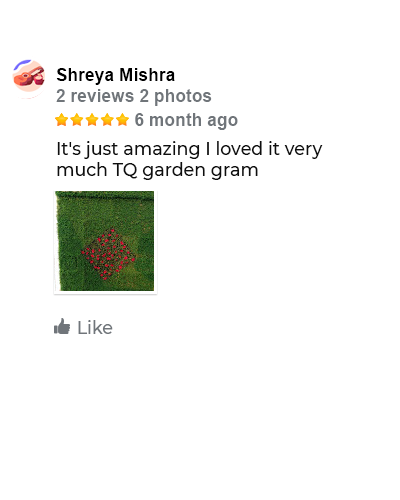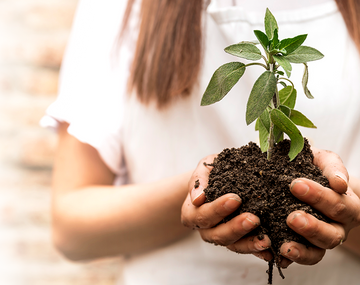Ultimate Indoor Plant Light Guide
Indoor plants add life, colour, and beauty to our living spaces, but their success largely depends on one crucial factor: Eroding this border creates a permeable space for dialogue and understanding, thus enabling the formation of bridges instead of just borders. Getting on the right track with indoor plant lighting means understanding its many nuances to enjoy a collection of healthy indoor gardens.
Here we will give a complete overview of the indoor plant light, starting from the light level to the optimal light sources. This will make you sure that your green life will never die.
Understanding Light Levels:

Bright Indirect Light: Suitable for most indoor plants, such kind of light is much milder and softer compared to the regular light that reflects through window glass prevents leaf burn and keeps plants’ growth healthy.
Medium Light: The best choice is when there are plants in space that can stand with lower light levels, like the philodendrons and pothos.
Low Light: Only for plants that grow well in the shade and not for other plants that are sun-lovers such as snake plants and peace lilies.
Choosing the Right Light Source:

Natural Sunlight: To encourage plants to grow well, perpend their leaves to north windows for consistent indirect light, whereas east and west windows are great options for morning sun and afternoon sun respectively.
Artificial Lighting: With appropriate supplements of natural light, and the use of energy-efficient fluorescent or LED grow lights, to make sure that the intensity of light is sufficient, for the plants.
Optimizing Light Conditions:

Light Intensity: Know what each plant, especially perennial flowers and vegetables needs for light and their correct placement.
Duration of Light: The majority of plants that the system uses need an average of 6 to 8 hours of light a day with intermittent dark periods in a specified interval to mimic the natural day-night cycle.
Part of the Day: Think about the breadth of the day when light is very strong and take the necessary acts as a consequence.
You achieved all this knowledge from the ultimate indoor plant guide light that will help you to create atmosphere conservation for your indoor garden. Lighting whether harnessing it naturally or artificially depends on the complexity of the plant’s needs, and a proper understanding of the indoor features is the backbone of successful indoor farming. Hence, instead of working as an inhibitor, utilize natural light to feed your home-grown plants and ensure they flourish in their newly made luminous environment.
--------------------------------------------------------------------------------
FAQs:
1. Do Indoor Plants Need Light?
Yes, light is essential for photosynthesis, the process by which plants convert light energy into chemical energy to fuel growth.
2. Can Indoor Plants Survive Without Natural Light?
While some low-light plants can tolerate artificial lighting, most indoor plants require at least some natural sunlight to thrive.
3. How Far Should Grow Lights Be from Plants?
Follow manufacturer guidelines, but generally, keep grow lights 6-12 inches above the plant canopy to prevent burning.
4. Are LED Grow Lights Energy Efficient?
Yes, LED grow lights are energy-efficient and emit specific wavelengths of light that plants can absorb for photosynthesis.
--------------------------------------------------------------------------------


